Why Pearls Were So Popular in the 1920s: 5 Key Reasons

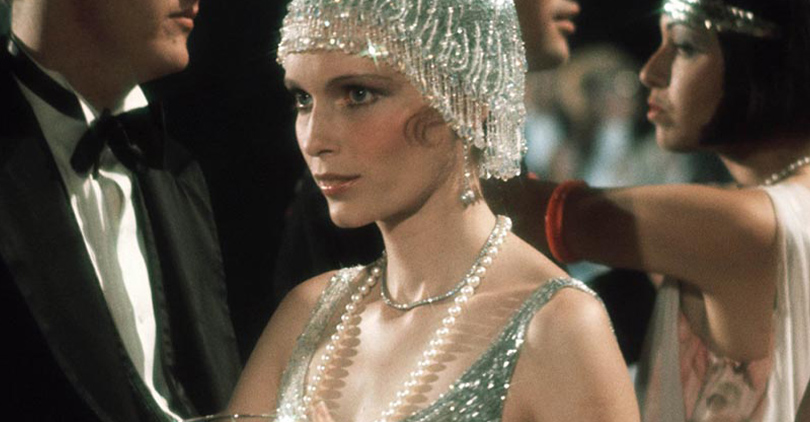
In the 1920s, as society evolved rapidly, women wanted to remain graceful. Pearls—with their enduring gleam—fit the bill perfectly. Wearing them became a shorthand for elegance plus daring and up-to-the-minute attitudes.
Whether real or fake, pearls became essential—worn by everyone from Everybody from Hollywood A-listers to high society darlings (plus loads of plain Mrs Smiths) . They were an affordable way to showcase wealth and elegance, perfectly complementing the fashionable flapper look.
These timeless treasures captured the spirit of the 1920s—but what made them so iconic? Let’s dive into five key reasons pearls became emblematic of their age.
A Symbol of Glamour and Status
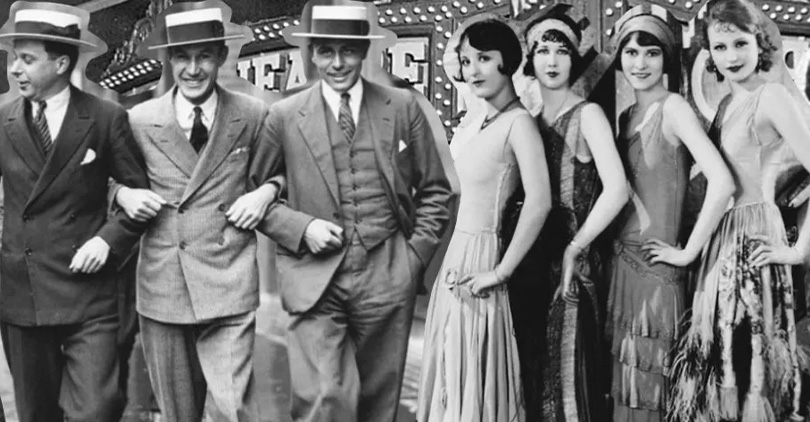
After World War I ended, individuals desired to move on from sadness and instead enjoy themselves. This era marked new beginnings.
Social scenes boomed during the 1920s as everyday folks, along with society’s darlings, partied up a storm. And there was lots of change, too!
It was in these years that pearls became fashionable yet again. Not just because they looked good either but as symbols for luxury living large once more (after feeling pinched by war-time shortages).
Shiny beads equaled both style and status: women wore them with self-assurance. Bobbed hair, red lipstick, and short skirts were set off by the pearls. It suggested they had the freedom, as well as the daring attitude, to enjoy life.
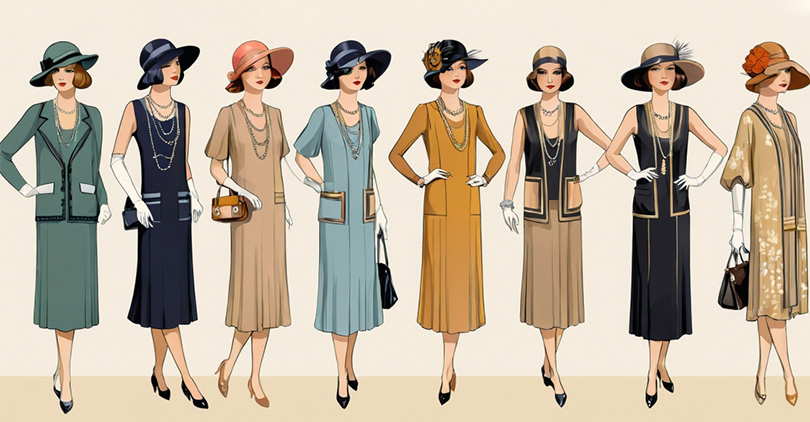
Pearls were the perfect accessory for an era that combined Hollywood glamour with female emancipation.
In jazz clubs where cigarette smoke formed clouds above cocktail-quaffing patrons, pearls were still en mode. Besides, they were popular during daytime hours while women in society sipped tea at charity events.
The Flapper Movement and Fashion Statements
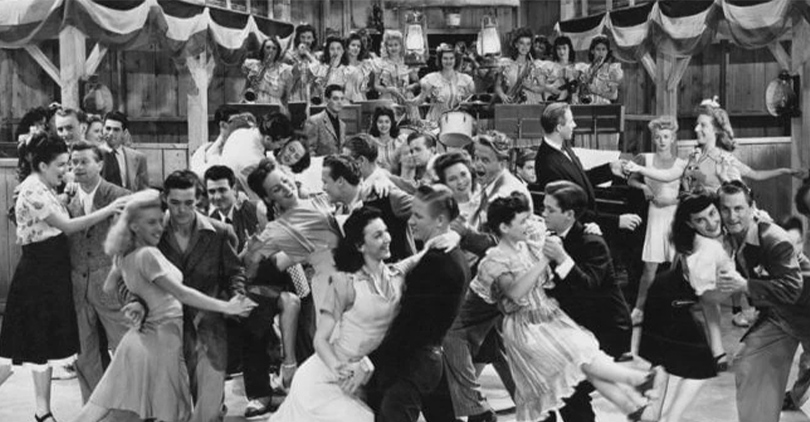
During the 1920s, there was a new type of woman: the flapper. She was confident and independent, and she broke with tradition. Her dresses were short, and she danced to jazz music with her hair cut into a bob.
Flappers wore pearls-not just for beauty but also to show everyone that, like these gems, they were something rare and precious. The long strings of pearls they wore became almost a uniform. They were hanging low from the neck in drop-waist dresses that moved when they did.
Pearls were more than just decorative. They carried meaning. While being a symbol of richness, they also showed that the wearer was up-to-date. In the 1920s, fashionable young “flappers” did not want to look like their mothers.
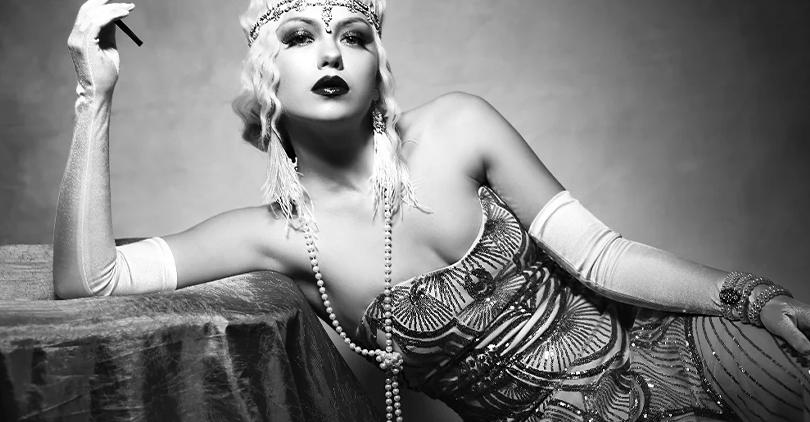
The nice thing is that this combination of rebellion and tradition was not only for daytime wear. Whenever Jazz Age girls went out to dance or dine or do anything else that was fun and forbidden, you’d be sure to see pearls around their necks.
And did these pearls sit quietly in one place? They did not. They moved! They shivered and shook with every step a girl took. They swayed when she turned her head quickly or laughed at a boy’s joke.
Increased Accessibility Due to Mass Production
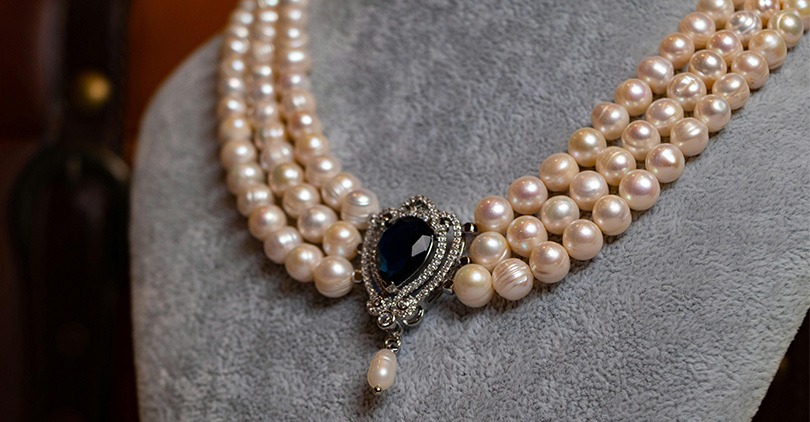
In the 1920s, advances in manufacturing made pearls affordable for everyone. Before this time, only wealthy people could buy pearls because they were so expensive. Even then, most of what you could find were natural ones.
But then along came cultured pearls, pioneered by Kokichi Mikimoto. They looked just as good as any other type but cost a lot less money. There were also imitation pearls.
With pearls being mass-produced, females could now make statements. They reflected more than just their bank accounts. It was about looking stylish while feeling good about yourself. And this change allowed for lots of glamour on a tight budget!
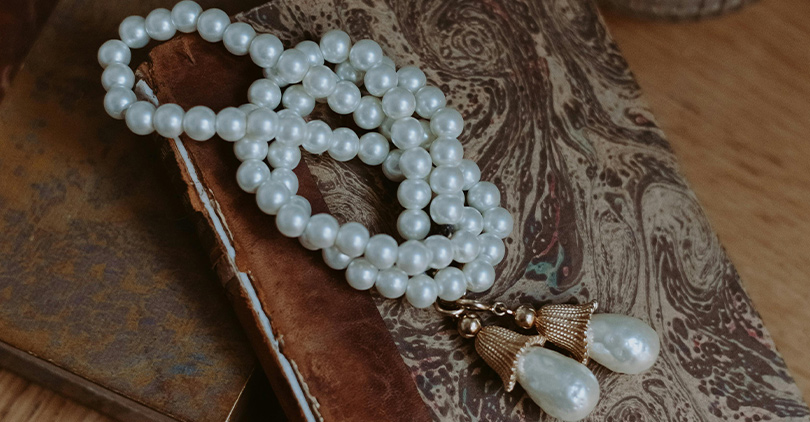
Now, all women could wear jewelry that previously had been reserved only for the very rich or royal. Whether you chose a short string or several that swung as you walked, their presence automatically elevated the status of any outfit. And it wasn't only with evening wear. Women found they looked just as good with daytime clothing and even casual gear. Pearls, it seemed, had timeless versatility.
Art Deco Influence and Design Trends
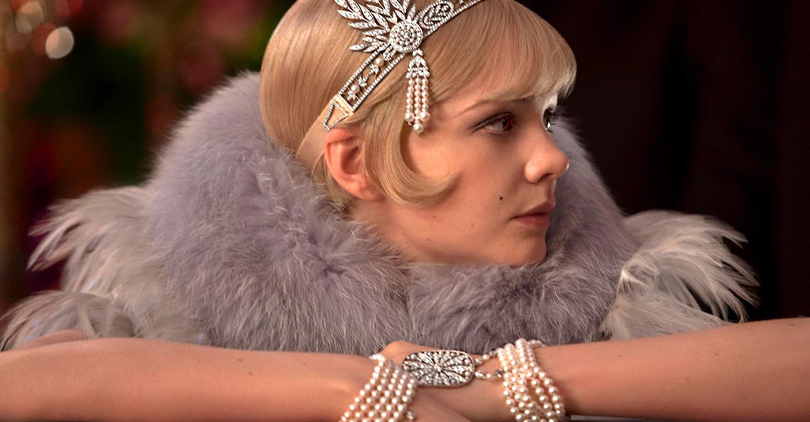
Art Deco was the rage during the 1920s. It was an assertive, stylish design trend that loved clean lines, geometric shapes, and bold contrasts. Pearls were ideal. Their soft sheen provided a welcome counterpoint to the hard edges of Art Deco jewelry. They make the pieces look both timeless and glamorous.
Often, these lustrous pearls were combined with vivid gemstones such as rubies, emeralds, and sapphires. They only enhanced their beauty. Jewelers also used pearls alongside carved colored stones or diamonds. They might have two clips of gems linked by a double or triple strand of pearls.
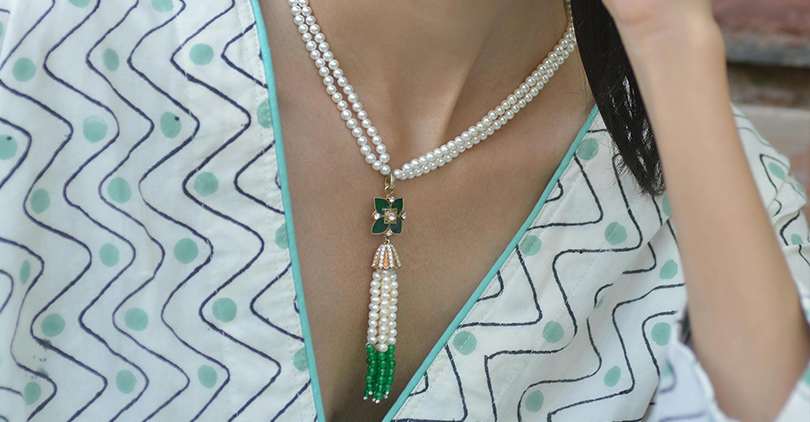
Art Deco went further than necklaces. Pearls could be seen on cigarette cases and watches, as well as handbags. These embellishments made everyday items chic accessories. Their simple elegance enhanced the clean lines of daring new styles that were timeless yet very much of their period.
Coco Chanel’s Influence on Everyday Fashion
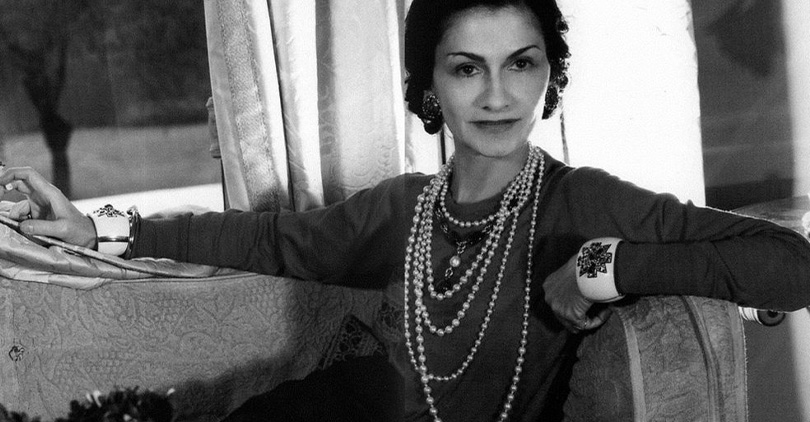
In the 1920s, Coco Chanel changed the world of fashion. Her stylish but simple clothing broke the rules. One thing that made her different from others was long necklaces made of pearls. These could be worn with any outfit and always looked good.
Chanel wanted to design things that would never go out of style. This idea was applied to jewelry and clothing. Chanel girls began these ropes slightly differently. They were knotting them, looping them around. So, they looked like they had more than one strand or even letting just one end dangle down back over the shoulder.
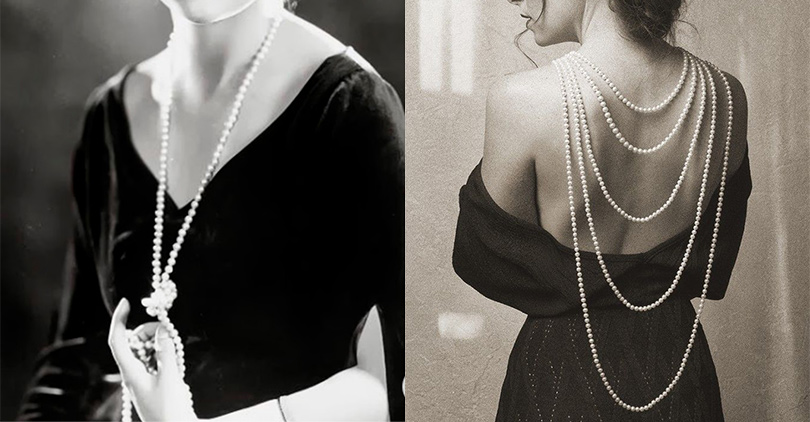
By pairing pearls with simple, relaxed clothes, Chanel made them accessible and versatile. Women from across the globe copied this style. They showed that pearls could be worn every day as well as when you wanted to look smart.
Conclusion
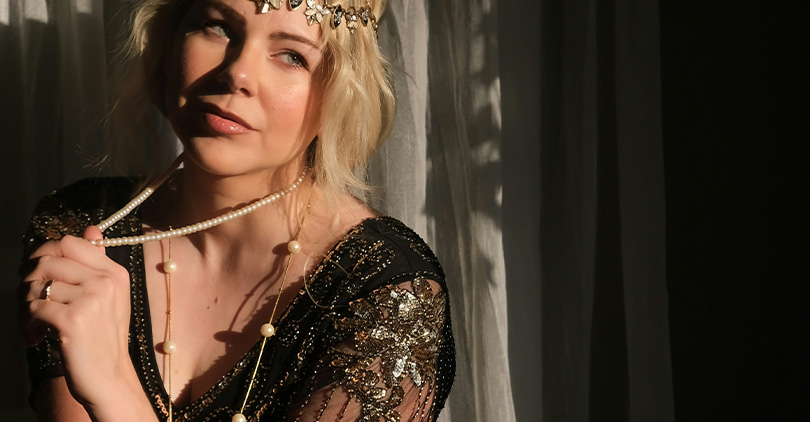
Pearls defined the 1920s. They were symbols of glamour, freedom, and modernity. From flapper fashion to Art Deco designs, pearls became the ultimate accessory. They swung on dance floors, adorned everyday outfits, and reflected the spirit of a changing era.
Coco Chanel made them timeless. Advances in production made them accessible. Their soft glow complemented bold styles and daring women.
The 1920s proved pearls were more than jewelry—they were statements of confidence, elegance, and rebellion. A century later, pearls still hold their magic. They remind us of a time when fashion was fearless and women embraced their power.


Leave a Comment